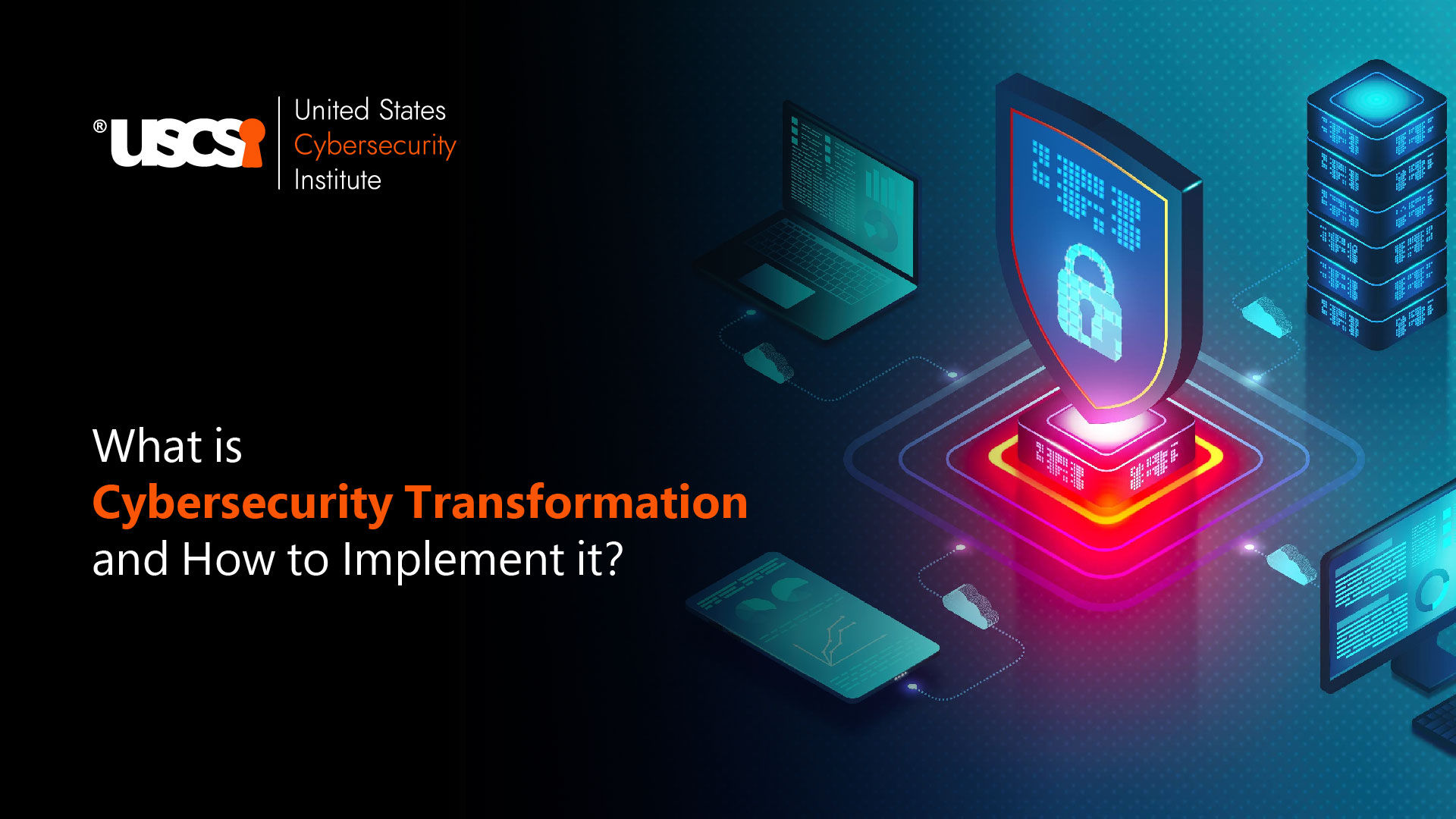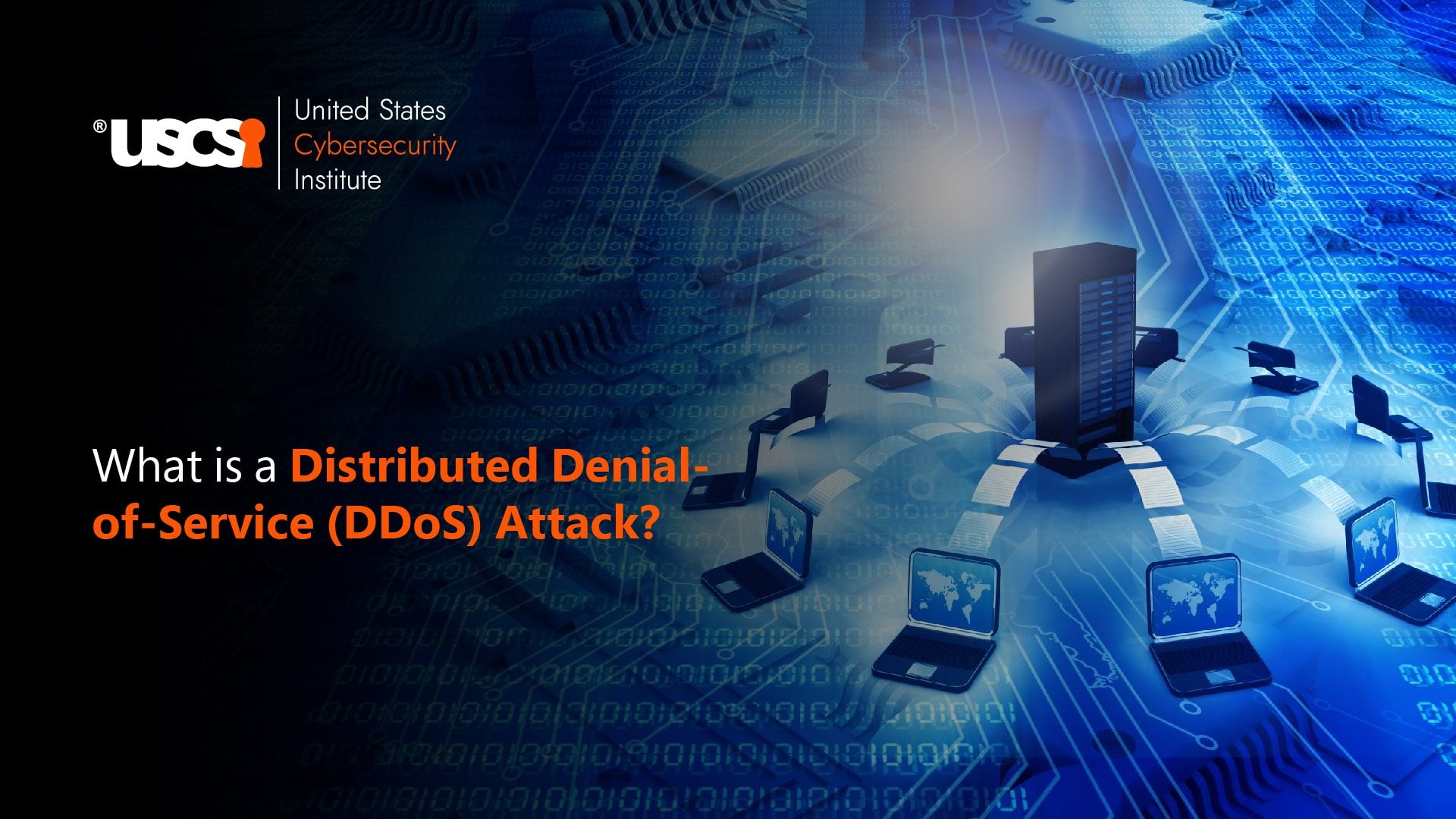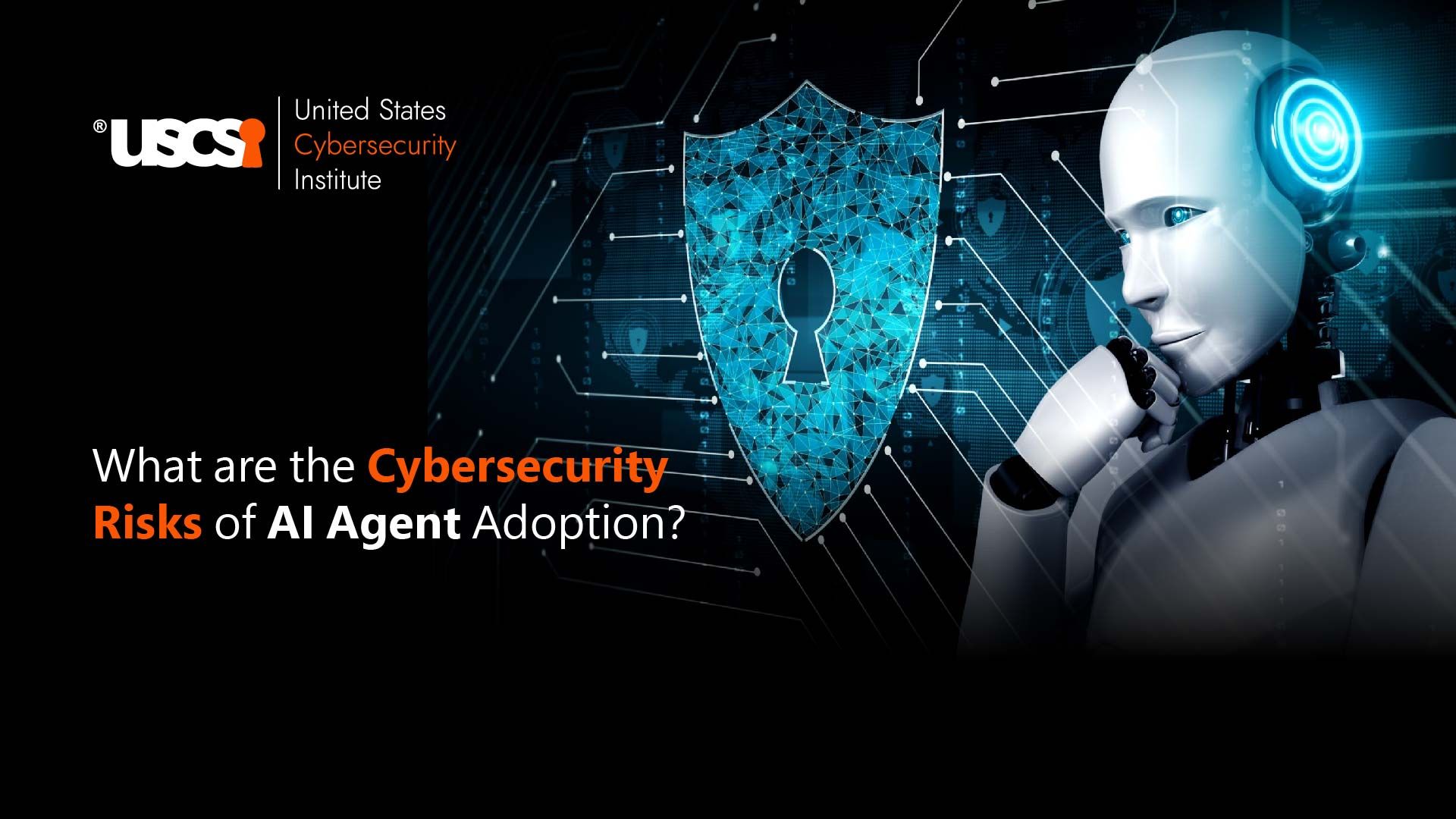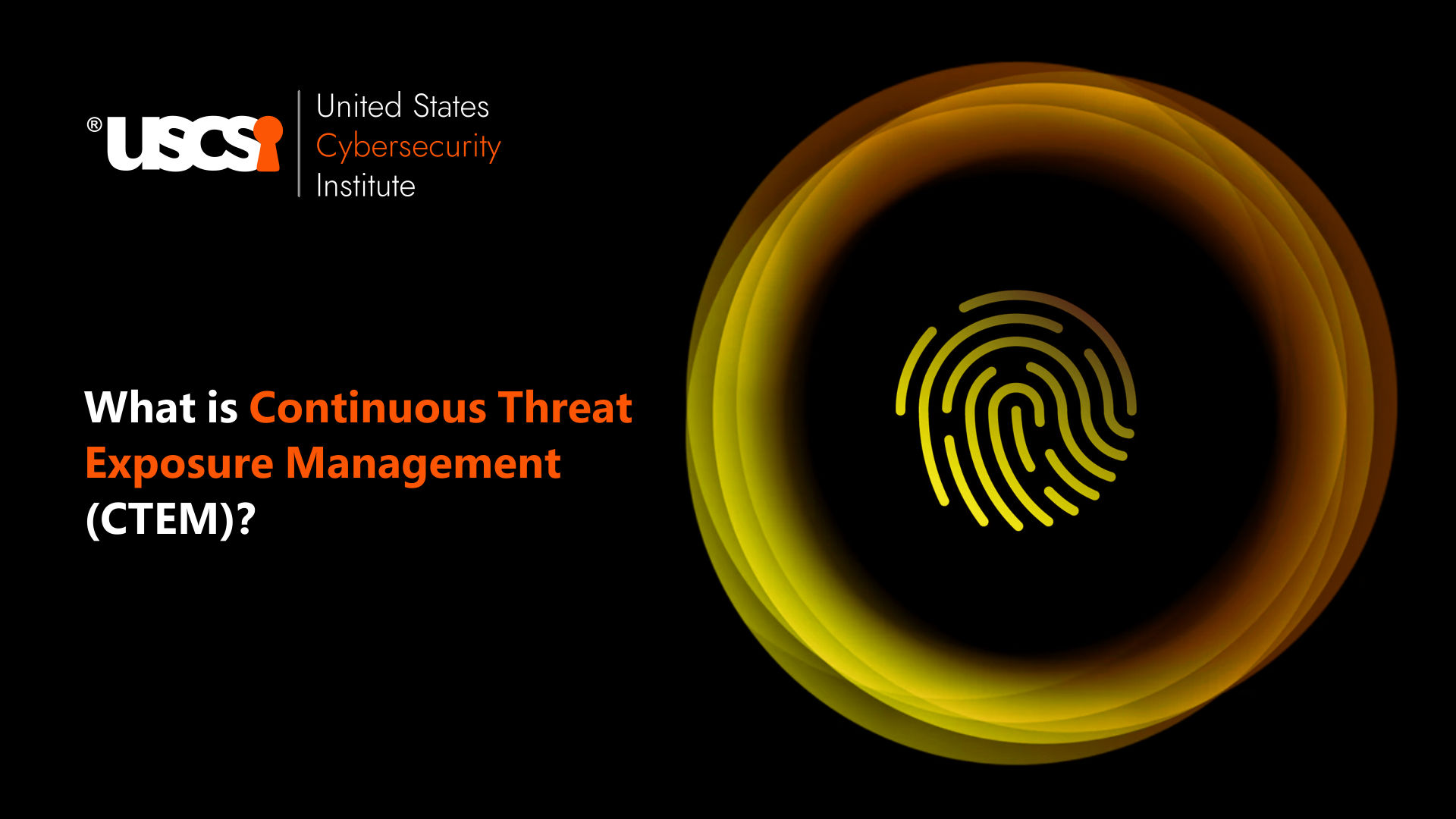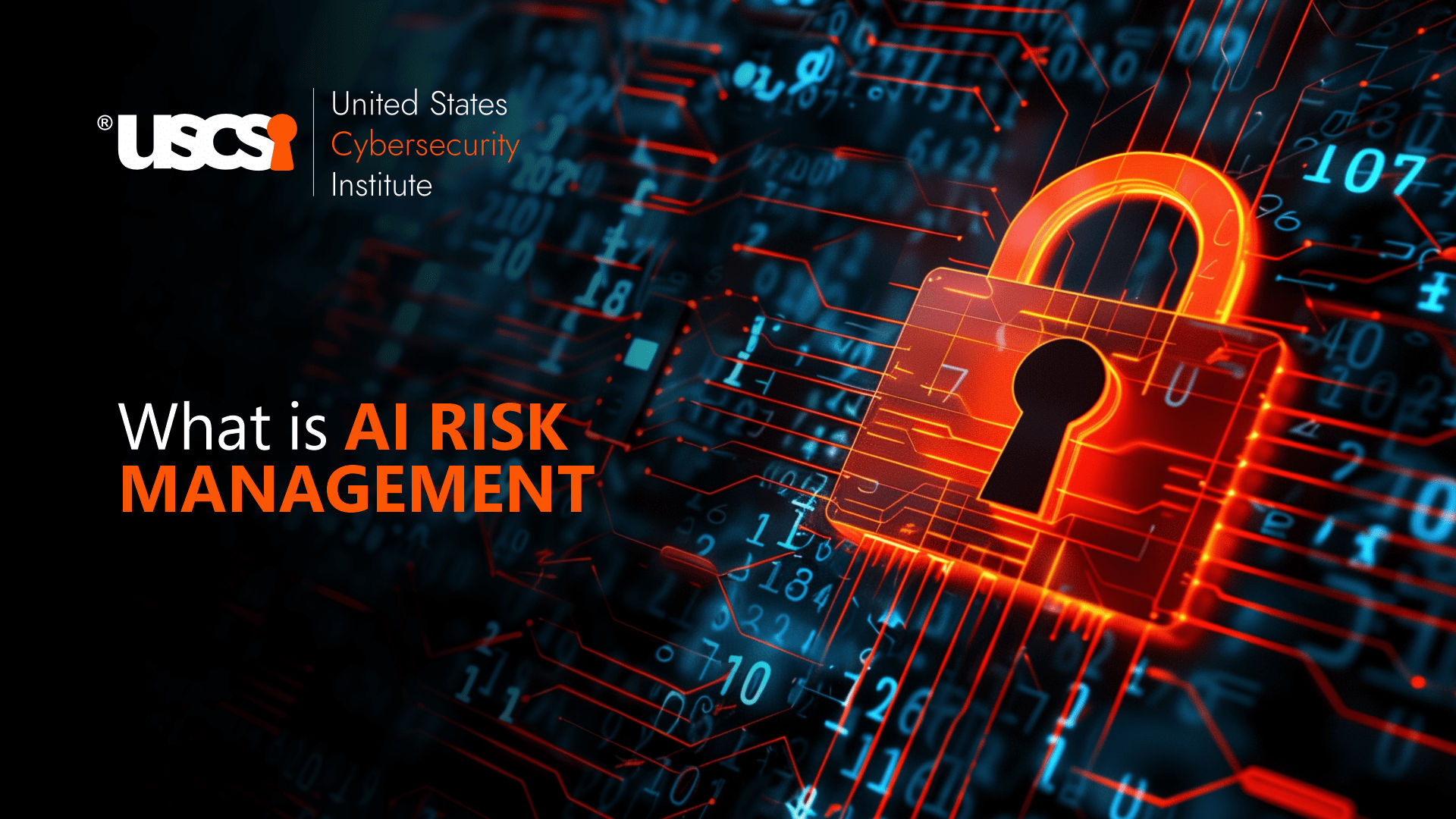

The Pandora's Algorithm: Navigating the Labyrinth of AI Risk Management
In the annals of history, there have been many groundbreaking (at the least!) inventions in humankind, some out of necessity and some out of curiosity. The list is endless, from Fire to Electricity to manufacturing assembly lines designed by Mr. Ford. We stand at the precipice of perhaps the most technological revolution yet – Artificial Intelligence. AI risk management is no different; it’s a domain where uncertainty is not just a variable but the very essence of the system. Venturing into this new world, we find that the imperative of AI risk Management looms large, alongside AI governance, both orders of the day and Herculean tasks that will determine the future trajectory of our society and species at large in the coming decades.
The Cybernetic Ecosystem: Understanding the Terrain of AI Security
The first step to navigating the treacherous seas of AI Security is to thoroughly map out the cybernetic ecosystem within which these AI systems and frameworks exist and evolve. The following are the elements of this ecosystem:
- Neural Networks - Neural Networks are the foundational architecture of Modern AI, these form the brain of the artificial intelligence system, capable of learning and adapting in ways so far beyond human understanding.
- Big Data – The lifeblood of AI systems, this massive repository of data and insights serves as both a refilling processed data and a training ground as well for AI systems. Shaping their understanding of the world
- Cloud Infrastructure – These are the basic skeletal frameworks on which AI systems are built and deployed, providing compute power and storage capabilities.
- IoT Devices – We have spoken about the security vulnerabilities that IoT devices face today in several cybersecurity blogs. Their security remains a large concern in the AI community
- Quantum Computing – As the next phase of supercomputers slowly gains prominence, The risks associated with each are manifold. Like a digital Hydra, as soon as one threat is obliterated, two more seem to spring in its place.
Now, imagine the vulnerabilities of each element in this terrain - Networks could be programmed incorrectly to provide the wrong input, or “hallucinate”, the data may not be accurately processed and may contain biases, cloud Infrastructure may face downtime, IoT devices can be hacked as easily as placing a malicious device in the area, and quantum computing is in its nascent stages and is prone to a lot of risks until it matures as a technology.
We must remember that, unlike traditional systems, AI can adapt and learn, but so do the threats it faces. Just as a virus can mutate to resist treatment, so too can cyber threats evolve to bypass existing cybersecurity tools.
Balancing Innovation and Risk
At the outset, let’s face it – we cannot stop or even pause further AI development at this stage. Delving deeper into the realm we stand at the crossroads, simultaneously facing progress and peril. Some of the most vulnerable industries and their functions, currently reliant on AI, could face the risks mentioned below:
Industries that need immediate AI Risk Management:
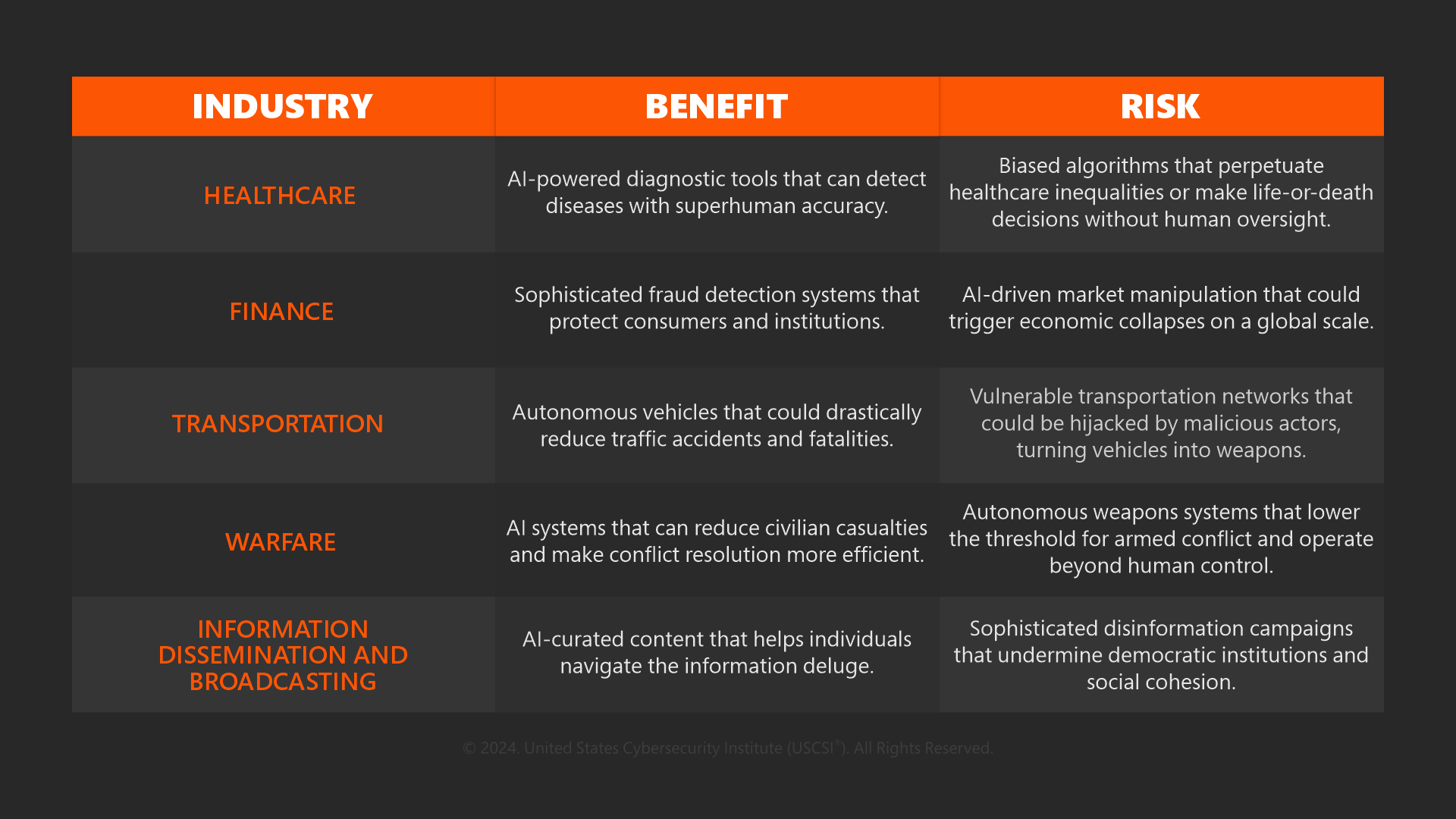
Like the few mentioned above, AI risks are many and the need to manage and govern them is growing with each passing day. Today, the landscape of cyber threats is evolving at a breakneck pace, with AI-powered offensive tools matched against AI-driven defensive systems in a digital arms race that makes the Cold War look like a game of checkers. Really.
Navigating AI Risk Management
Since this article is on AI risk management and its bigger, elder brother, Global AI Governance, it is important to know which steps need to be taken to mitigate AI Risks:
- Identification: Recognizing the potential risks and vulnerabilities in AI systems
- Assessment: Evaluating the likelihood and impact of these risks
- Mitigation: Implementing strategies to minimize or eliminate risks
- Monitoring: Continuously tracking AI systems for emerging threats
Now that we have identified the steps that need to be taken to ensure AI Governance and risk mitigation measures, let’s look ahead:
Current Defenses Prevalent in the AI Risk Management Domain
Combatting these threats requires the field of cybersecurity to evolve just as rapidly, as we have just explained. Further tools and frameworks currently in deployment to manage AI risks include:
Explainable AI – By making systems more explainable and transparent, data scientists can better understand the “black box” and detect anomalies in behavior
Federated Learning – Federated Learning is a decentralized approach to Machine Learning. It allows AI models to be trained on distributed datasets without compromising data privacy, and, in turn, data breaches.
Quantum Resistant Cryptography – Quantum Computing today is threatening to break traditional encryption methods. This necessitates the development of new cryptographic techniques to support AI systems in the post-quantum era
Ethical Hacking - AI systems must be subjected to rigorous penetration testing by 'white hat' hackers to identify and patch vulnerabilities before they can be exploited by malicious actors.
The Certification Imperative
With the rapid maturity of the AI industry, the need for globally renowned professional certifications becomes apparent and manifold. The AI industry is not idle as it realizes the need for AI risk management and AI security. Several professional certifications cover what are some of the most important risk mitigation methodologies of today. The curricula of these programs typically include:
- AI Fundamentals – The basics of AI and Machine Learning and how they are being used in the business
- Threat Modeling – Identifying and assessing potential risks to AI deployments
- Secure AI Development – implementation of best practices to build robust and resilient AI apps
- AI Incident Response – Preparing for and responding to AI
- Ethical AI
- Regulatory Compliance
- AI Forensics
Conclusion
Understanding AI Risk Management Systems and the related networks is deemed essential as the artificial intelligence landscape gains more strength. This robust system needs to be tamed wisely as the world pivots towards greater cybersecurity technology. Becoming a seasoned player with the requisite credentials and top cybersecurity certification programs in your portfolio is the way ahead!

